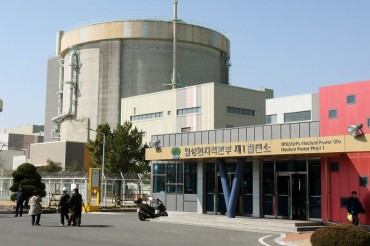SEOUL, Dec. 5 (Korea Bizwire) – An autonomous city bus is set to operate in the heart of Seoul during late-night hours, marking a significant development in the city’s autonomous transportation landscape.
While autonomous shuttle buses have been deployed in specific areas like Sangam-dong, along the Cheonggyecheon stream, and Yeouido, this marks the debut of a large city bus equipped with an autonomous driving system navigating an urban route spanning nearly 10 kilometers.
The Seoul Metropolitan Government announced that two late-night autonomous buses, designated as ‘Late Night A21,’ will commence regular service from 11:30 p.m. on November 4.
The buses will connect Hapjeong Station in Mapo-gu to Dongdaemun Station in Jongno-gu.
Emphasizing the unique characteristics of nighttime operation, Choi Jong-sun, head of Seoul’s autonomous driving team, stated, “Different autonomous driving technologies are needed for day and night. Autonomous vehicles have been successfully operating at night in various countries, such as the United States, where autonomous taxis (robotaxis) are already in service.”

The Seoul Metropolitan Government announced that two late-night autonomous buses, designated as ‘Late Night A21,’ will commence regular service from 11:30 p.m. on November 4. (Image courtesy of Yonhap)
To enhance the safety of autonomous buses, Seoul has implemented a new communications system specifically for autonomous driving.
The system, integrated into 59 traffic light controllers in the central bus lane section, delivers real-time information about the traffic light status and the time remaining until the next signal to the buses through 5G communication. This allows buses to anticipate and respond to upcoming intersections.
In the initial phase of operation, special safety personnel will accompany the test driver in the driver’s seat to address passenger inquiries and prevent safety incidents.
Current regulations mandate the presence of a test driver on board autonomous buses for emergency response.
Looking ahead, the Seoul Metropolitan Government has ambitious expansion plans, aiming to extend the service area to include Cheongnyangni Station next year.
Furthermore, based on the operational outcomes, the goal is to establish a regular route for long-distance autonomous buses connecting the city’s outskirts with the central areas, moving beyond short-distance circuits.
Kevin Lee (kevinlee@koreabizwire.com)






